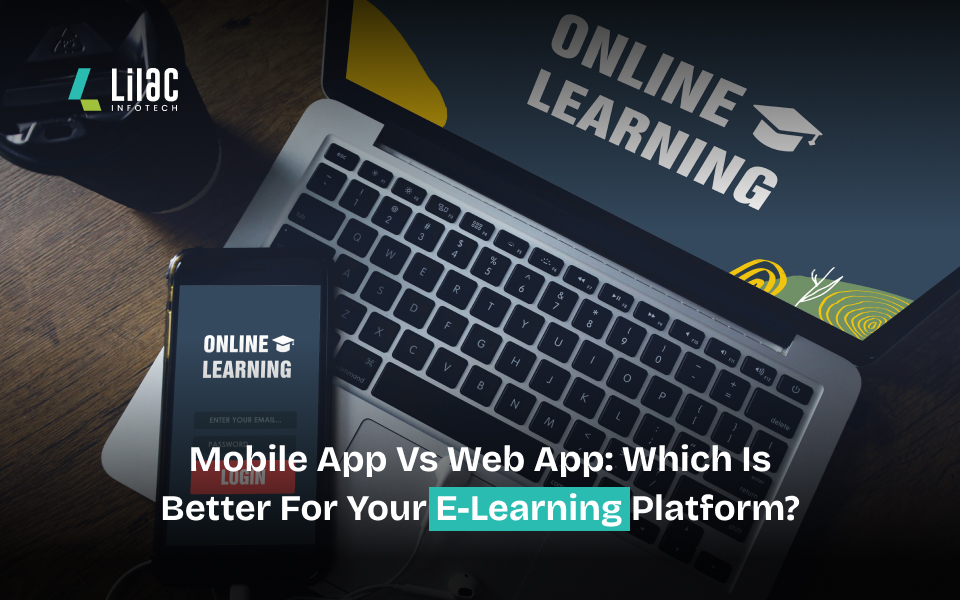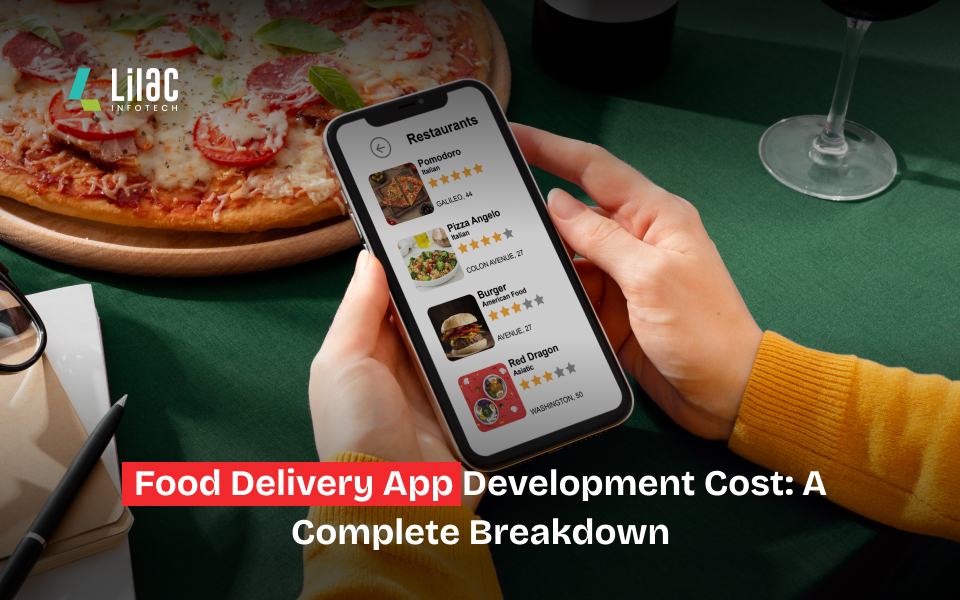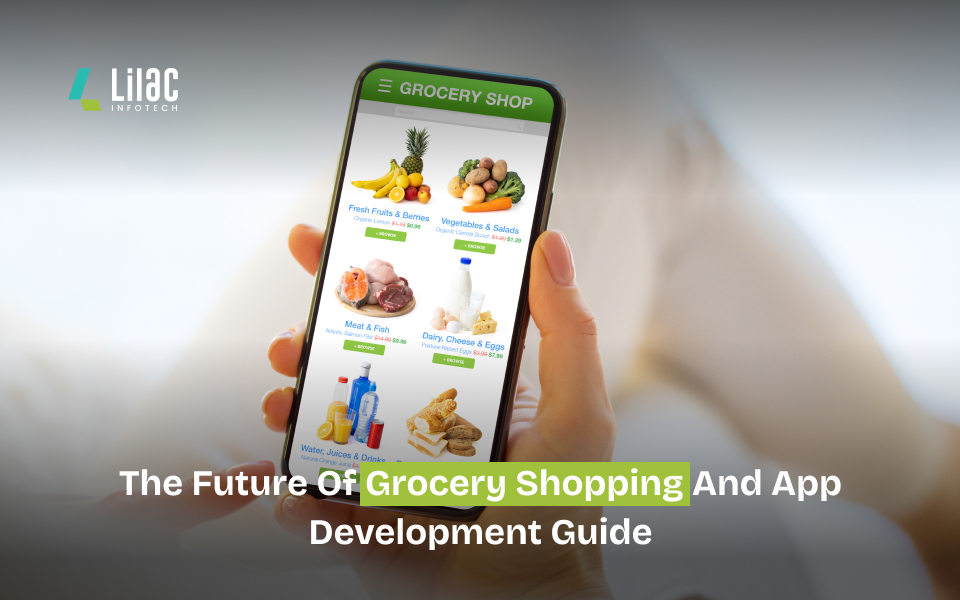
E-learning is on the rise. Whether you run a business or an educational institution, everyone is looking for innovative ways to stand out in this digital age. One of the major decisions during the development phase is choosing between a mobile app and a web app.
Both have their own advantages and limitations—but which one aligns best with your e-learning goals? Let’s explore the key differences, benefits, and factors to help you make the right choice.
What is a Mobile App?
A mobile app (mobile application) is a software program designed for use on devices such as smartphones, tablets, and smartwatches. These apps can be downloaded from platforms like the Google Play Store or the Apple App Store.
The main purpose of mobile apps is to make learning tools and services easily accessible on portable, wireless devices.
Key Features of E-Learning Mobile Apps
- Offline functionality for uninterrupted learning
- Notifications for real-time updates
- User-friendly interface for better engagement
- Superior performance and faster responsiveness
- Integration with device features like the camera, microphone, and GPS
What is a Web App?
A web app (web application) is a software program that can be accessed through browsers such as Chrome, Firefox, or Safari. It requires an internet connection and can be used on various devices, including laptops, desktops, and mobile phones.
Key Features of E-Learning Web Apps
- Accessible from any device with a browser
- Cost-effective development and deployment
- No downloads required for instant access
- Easy to update and maintain
Mobile App vs Web App: A Detailed Comparison

Below is a comparison that highlights the key differences between mobile apps and web apps for e-learning platforms.
Features | Mobile App | Web App |
Accessibility | Works offline once downloaded | Requires an internet connection |
Performance | Faster and smoother with native features | Depends on internet speed and browser performance |
User Experience | Highly interactive and personalized | More generic but flexible |
Cost of Development | Higher due to platform-specific builds (iOS, Android) | More affordable and time-efficient |
Maintenance | Updates require app store approval | Easy to maintain and update instantly |
Device Compatibility | Designed for smartphones, tablets, and smartwatches | Accessible from any device with a browser |
Why Choose a Mobile App for E-Learning Platforms?
1. Enhanced User Engagement
Mobile apps provide an interactive and engaging experience through notifications, gamification, and rich media content.
2. Offline Access
Once downloaded, learners can access the app without an internet connection—ideal for areas with limited connectivity.
3. Personalized Learning
Mobile apps support AI-driven personalization, enabling learners to receive tailored content recommendations and progress tracking.
4. Real-Time Notifications
Educators can send instant alerts about assignments, exams, class schedules, or announcements to keep learners updated.
Why Choose a Web App for E-Learning Platforms?
1. Wider Reach
Learners can log in from any device, operating system, or location, making web apps ideal for reaching a broader audience.
2. Cost-Effective Development
A single web app serves all users, reducing both development and maintenance costs compared to multiple native apps.
3. Instant Updates
Web apps can be updated in real time without requiring user intervention, ensuring everyone always uses the latest version.
Which Should You Choose for Your E-Learning Platform?
Your choice depends on your business goals, target audience, and budget. It’s best to discuss your requirements with an experienced mobile app development company. They can analyze your needs, provide tailored insights, and help you make an informed decision.
Choose a Mobile App if:
- Your learners are mostly on the go.
- You need offline access and push notifications.
- You want a highly engaging and interactive learning experience.
Choose a Web App if:
- You prioritize cost-efficiency and broad accessibility.
- Your users access the platform primarily through desktops or browsers.
- You prefer quicker updates and easy maintenance.
Hybrid Approach in E-Learning App Development
Many successful e-learning platforms adopt a hybrid approach—starting with a web app to test content and user experience, and later expanding to a mobile app as the user base grows. This strategy helps balance cost, scalability, and user engagement.
Conclusion
Both mobile apps and web apps bring unique strengths to the e-learning industry. The ideal choice depends on your learners’ behavior, business objectives, and available resources.
If personalization and engagement are top priorities, a mobile app is your best option. However, if accessibility and cost-efficiency matter more, go with a web app.
Regardless of your choice, investing in a user-friendly, feature-rich e-learning platform ensures a powerful and effective learning experience for your audience.
Post a Comment
Recent Comments
Themaeva Store is a leading online retailer specializing in home decor and lifestyle products inspired by Indian art and culture. With a commitment to quality and customer satisfaction, Themaeva Store aims to bring the beauty and richness of Indian traditions to homes around the world.Website:https://www.themaevastore.com/blogs/rangoli-mats/test



















Choosing the right <a href="https://ozrit.com/mobile-app-development/" >Mobile Development Service</a> is crucial for creating an effective e-learning platform. The decision between mobile and web apps depends on your users' needs and goals.